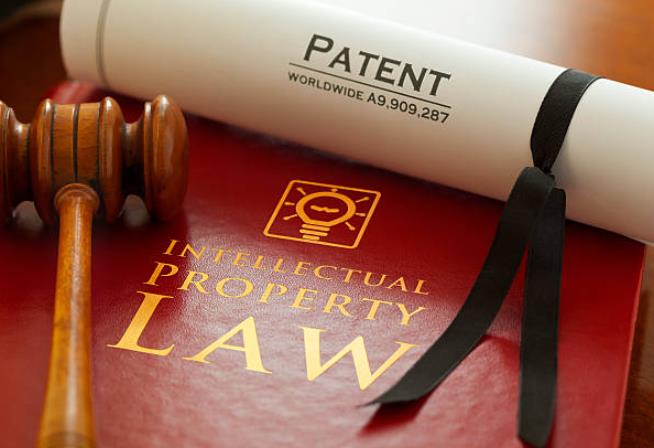Important Amendments of Regulations under China’s Patent Law
|
The newly amended Regulations under China’s Patent Law have been in force from January 20, 2024. Some important amendments are summarized as follows.
|
|
|
1. Several Remedies Available Restoration of the right of priority: If an applicant misses the 12-month deadline for filing a new application claiming a priority under the Paris Convention, they may file such an application within 14 months from the priority date while requesting the restoration of the right of priority (Rule 36). Addition and/or correction of priority claims: In applications for the Invention or Utility Model, within 16 months from the priority date or four months from the filing date, the applicant may request the addition of one or more priority claims, or the correction of any existing priority claims (Rule 37). |
 |
|
Incorporation by reference: In applications for the Invention or Utility Model, if the claims and/or specification documents are absent or wrongly submitted, and if the applicant claims the priority of an earlier application on the filing date, the applicant can add or substitute such documents within two months from the filing date or within the period designated by the CNIPA based on a Statement of Incorporation by Reference, and the filing date shall be maintained (Rule 45). This especially facilitates the urgent filing of applications without incurring additional costs. It is noted that the remedies provided in Rules 36, 37, and 45 only can be applied alternatively, rather than concurrently. Restoration of the right to request re-examination: If an Applicant misses the deadline for filing a request for re-examination, he may file such a request within five months from the issue of the Notification of Rejection, while requesting the restoration of the right (Rule 6).
2. Partial Design For a partial design application, an applicant should submit drawings of the whole product in the form of a combination of solid and dotted lines, or in any of other forms that can show clearly what is to be protected (Rule 30).
3. International Design Application The amended Regulations stipulate how to examine international design applications that designate China through the Hague Agreement (Rules 136-144). In this way, an applicant has two options for the protection of a design: either by direct filing through the Paris Convention, or by international filing.
4. Deferred Examination An applicant may request to defer the examination of his patent applications for one to three years in the Invention applications, for one year in the Utility Model applications, or for one to 36 months in the Design applications (Rule 56). The applicant can withdraw such a request at any time. This especially benefits applications involving drugs, SEP (Standards-Essential Patents) applications, and Design applications whose commercial preparation work is not ready.
5. Examination of Obvious Creativity in Utility Model and Design In addition to a formal examination, a Utility Model application shall be subject to an examination of whether or not it obviously lacks creativity, and a Design application shall be subject to an examination of whether or not it has no significant difference from the existing design (Rule 50). This means that the rejection rate of both kinds of applications will be slightly lower than before.
6. Application of the Principle of Good Faith in Patent Examination and Invalidation Proceedings The violation of the principle of good faith is established as a ground for rejecting a patent application in a preliminary examination and substantive examination, as well as a ground for invalidation in invalidation proceedings (Rules 11, 50, 59, and 69).
7. Patent Term Compensation in Patents for Invention Patent Term Adjustment (PTA) due to examination delay: The patentee may file a PTA request within three months from the grant to adjust the patent term, if there is any unreasonable delay in examination of the patent (Rules 77-79). Patent Term Extension (PTE) for patent of new drug: The patentee may file a PTE request within 3 months from the date of obtaining market authorization to adjust the patent term, if the relevant criteria are satisfied (Rules 80-83).
8. Enhancement of Dispute Resolution through Administration Procedure The CNIPA, the patent administration departments at province-level, and some such departments of city-level are eligible to handle and mediate patent disputes (Rules 95-96). And in cases where the product is sold without awareness of counterfeit patents and its legitimate source can be proven, the patent administration departments at county-level may order the cease of sales (Rule 101). This provides an additional route for the resolution of patent disputes and guarantees the quicker settlement of patent disputes |
|





